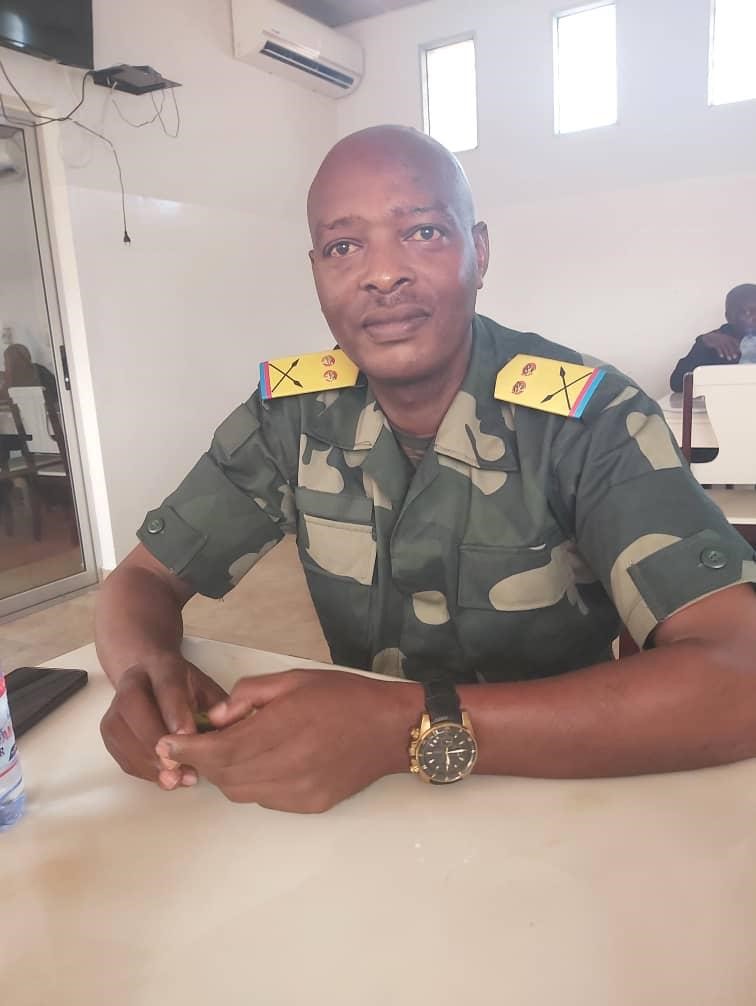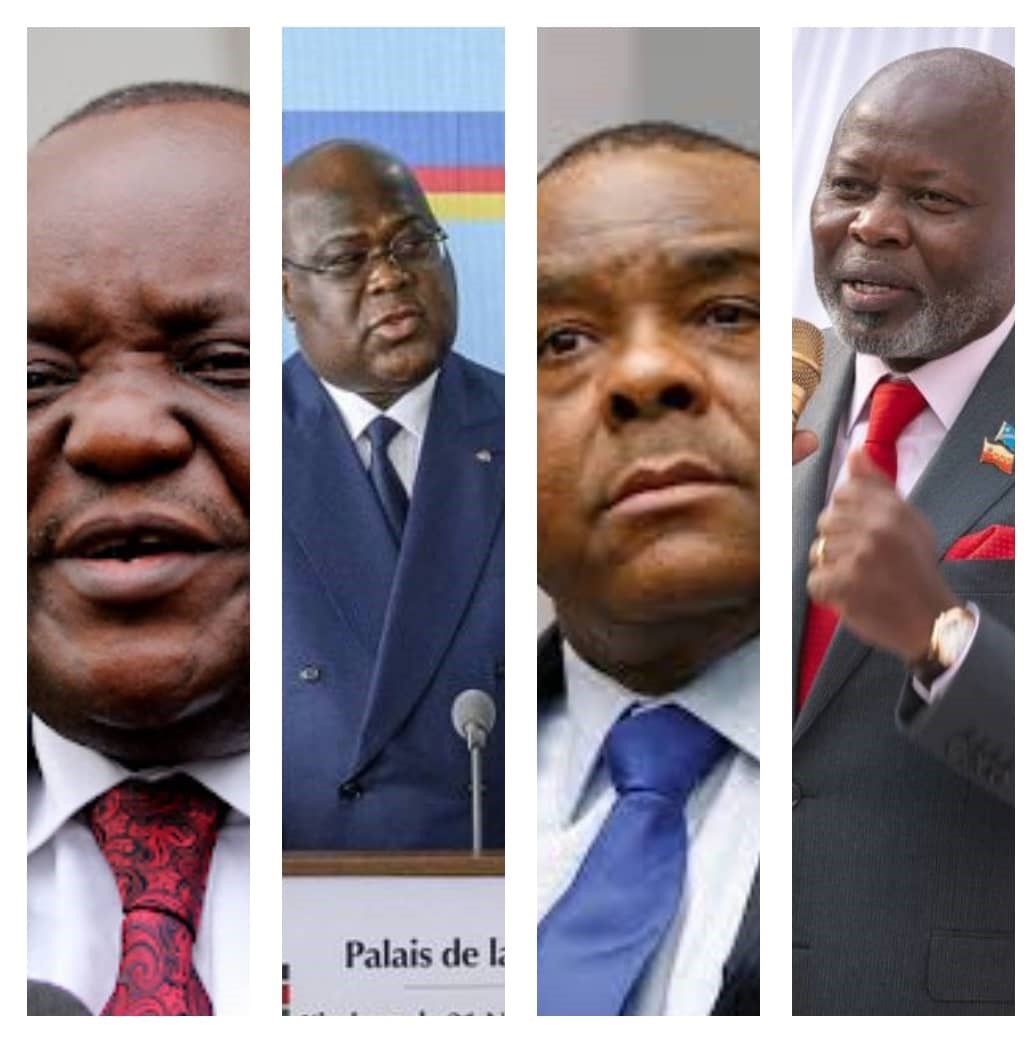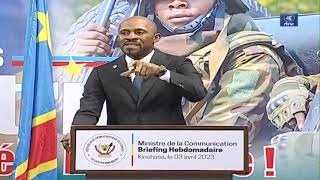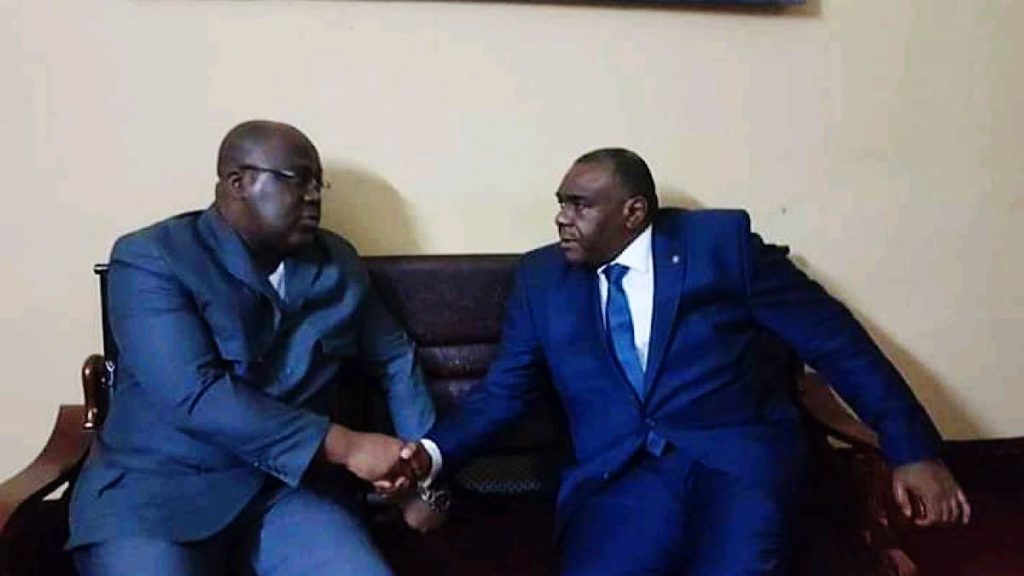Regional
Rwanda: Lessons from the Genocide against the Tutsi
.jpeg-20230411051445000000.jpeg)
Rwanda
is commemorating the 1994 genocide against the Tutsi where more than one
million people were killed by their neighbors, friends and relatives.
It
is not easy to comprehend how human beings turned so evil against others,
committing a mass murder that constitutes a crime against humanity.
Bad
politicians incited ordinary people to kill their kin, but the genocide
ideology and killing of the Tutsi with impunity had been going on since the
1950s.
Never again remains a slogan
On
December 9,1948, the Genocide Convention on the Prevention and Punishment of
the Crime of Genocide was adopted by the General Assembly of the United Nations
as an instrument of international law that codified for the first time the
crime of genocide.
It
signified the international community’s commitment to ‘never again’ after the
atrocities committed during the Second World War.
The
first lesson leant from the Genocide against the Tutsi in Rwanda is that the
International community’s commitment to ‘never again’ remains a slogan that is
easily said than done.
Despite
the “early warning” that genocide had been planned by the Habyarimana regime,
the United Nations did not take action to put in place preventive mechanisms.
Instead,
when the killings escalated, the UN withdrew its troops that were in the
country on a peace keeping mission, leaving thousands of people who had run for
protection in their compounds in the hands of the killers. These people were
then brutally killed by government soldiers and hundreds of militiamen using
guns, grenades, machetes, spears and many other crude instruments.
Inaction of the international
community
On
January 11, 1994—nearly three months before the genocide began Maj Gen Roméo
Dallaire, the force commander of the United Nations Assistance Mission in
Rwanda (UNAMIR), dispatched an urgent cable to UN Headquarters in New York informing
his superiors how a high ranking Rwanda government politician had informed him
that he had been “ordered to register all Tutsi in Kigali,” and his suspicion
was that the registration was meant for the extermination of the Tutsi.
The
government official further informed Gen Dallaire that “in twenty minutes his personnel could kill up to 1,000 Tutsis.”
From the UN headquarters, the deputy UN undersecretary
General for peacekeeping, Iqbal Riza, sent Gen Dallaire a signed fax directing
him to raise his concerns to President Habyarimana, despite evidence that
genocide plans were being prepared within the president’s inner circle.
At
the height of the genocide, the pentagon deployed two dozen special forces and
on their return to the US reported that they had seen, “so many bodies on the streets that you could walk from one body to the
other without touching the ground.”
Additionally, the CIA’s daily briefing for President
Clinton, Vice President Gore, and other senior officials that detailed the
killing in Rwanda clearly described the events as “genocide.”
Joyce
Leader, then deputy U.S. chief of mission in Rwanda told her State Department
colleagues that by 8:00 A.M. the morning after the plane crash, they knew what
was happening, and that “there was systematic killing of the Tutsi.”
Leader further told her State Department colleagues that, “three kinds of
killings were going on: casualties in war, politically motivated murder, and
genocide.”
Although
the evidence of a genocide taking place was overwhelming, the US administration
and the UN took time debating whether the killing that took place could be classified
as genocide. They tried to avoid mentioning the word ‘genocide’ because they
wanted to protect themselves against blame for being bystanders when genocide
was being committed.
In
the long run, the evidence of genocide was overwhelming and they had no choice
but to shamelessly accept the reality.
International media too, was missing to inform the world
about the mass killings that were taking place in Rwanda.
Although some people argue that the inauguration of Nelson
Mandela as first black president of South Africa diverted the attention of the
world media that could have gone to Rwanda, the excuse is not convincing.
The New York Times, for example, published a story as early
as April 10, 1994 quoting the medical coordinator
of the International Committee of the Red Cross, Herve Le Guilouizic,
describing what was happening in Rwanda. It said that “yesterday, we were
talking about thousands of dead, today we can start with tens of thousands.”
The second lesson learnt by Rwanda from the genocide
against the Tutsi is never to wait for the UN or rely on foreigners to solve
the country’s domestic problems.
Rwanda was abandoned by the international community and
the RPF and its military wing, RPA, took the responsibility to end the genocide
against the Tutsi. Since then, the spirit of self-reliance has been a strong
driving force in Rwanda’s reconstruction and transformation.
The third lesson learnt is that the genocide against the
Tutsi would have been prevented if the UN and the entire international
community acted on the early warning signs that were available to them.
Unfortunately, 29 years later, the same inaction by the international
community still prevails as seen in eastern DRC.







